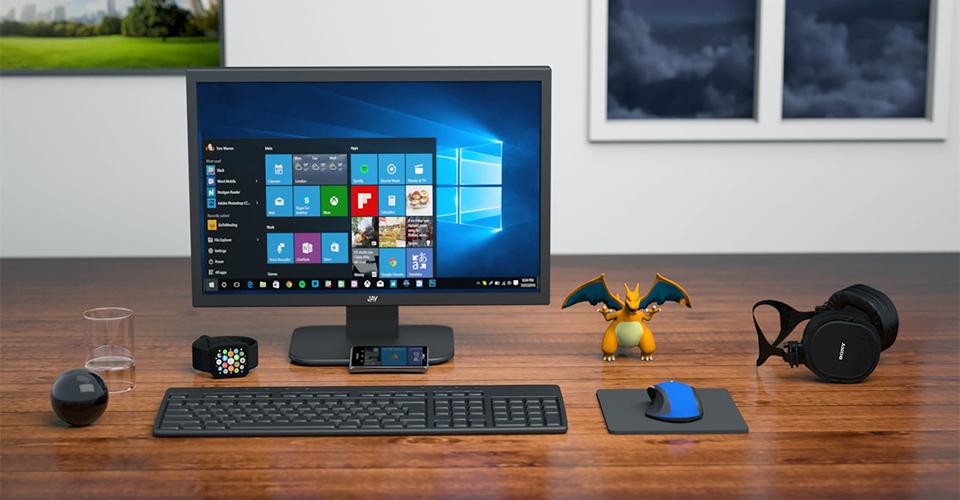
Maria do Rosário Rodrigues & Ana Luisa de Oliveira Pires

Context
According to Randstad (n.d.), the organization is a multinational human resources company presented in 39 countries covering 90 percent of the Human Resources (HR) market. The company offers services globally in the HR sector including recruitment and selection, outsourcing, human consulting, outplacement and career counselling. Randstad’s mission states that it wants to shape the world of work by bringing supply and demand closer to the market, developing new Human Resources solutions and providing value to society as a whole.
Randstad tag line “human forward” highlights the fact that people are in the centre of the equation, empowered by technology, delivering a service even more human, using the latest HR technology. This is part of the Tech and Touch strategy of the company that also has an investment fund to invest in startups that can accelerate the transformation of the HR market. In Portugal, Randstad is ranked number one with 45 branches, contact centres and inhouse locations, having 30,000 workers in their clients in a monthly basis.
Job recruitment setting – interests of the employer
According to Nieto (2017), the first phase of choosing a candidate is the analysis of the submitted application, which can be followed by one or more interviews. The main objective of the interviews is to understand if the content of the curriculum corresponds to the job offer and to discover the aspects not included in the CV: the motivation of the candidates for the company, as well as their personal and relational characteristics.
The application usually consists of a CV and a letter of motivation, which are subject to prior analysis. When the interview starts, the interviewer already has some information about the candidate’s professional profile but sometimes the way the CV is built leads to surprises during the interview. This is due to a CV only including specific information about a candidate instead of a full understanding of a person and therefore “tell me about yourself” is usually the first question asked in an interview.
When finding the right person to fill a position, it should be equally important to find out whether the organization meets the expectations of the candidate. “The candidate’s expectations should play a central role in the recruitment process. Even if we realize that the candidate is perfectly suited to our needs, we do not forget to acknowledge his/her expectations. The candidate may not be prepared or may not know the organization sufficiently.” (Nieto 2017).
Job recruitment setting on the basis of an ePortfolio – transparency for the world of work
The digital portfolio can be useful in a first evaluation of the candidate. It can have a fixed element, be a presentation video of the person’s motivation, “just to get a first impression of who we are talking about” (Nieto 2017). The employer suggests that it could be a way of assessing some general skills that can replace the photograph, the motivational letter, constituting the candidate presentation.
According to Nieto (2017), Randstad recognises that with the digital portfolio, the author can make his history available and give the option to access details through links, for example. However, simplicity can be a great challenge because the portfolio has to be simple and objective. It is also very important for the applicant to gather information about the company to which he submits his application to, to see if he is genuinely interested in working in that context and to organise his portfolio accordingly.
Conclusions
The company has no experience in the use of digital portfolios for its recruitment process, but nevertheless acknowledges that they can add value to the recognition of the candidate’s general competences as well as to highlight the skills that best fit the position. This perspective is reinforced by Leahy & Filiatrault (2017), stating that although the use of ePortfolios are relatively new in recruitment process, employers have a positive impression of the use of ePortfolios. There seem to be many benefits with ePortfolios from the employers’ perspectives. That is why, for students, it is good to recognise how important it is to start building them early enough. Global and digital companies appreciate modern ways of demonstrating employees’ competences.

This article was produced in the Erasmus+ (KA2 action) funded project “Empowering Eportfolio Process (EEP)”. The beneficiary in the project is Häme University of Applied Sciences (FI) and the partners are VIA University College (DK), Katholieke Universiteit KU Leuven (BE), University College Leuven-Limburg (BE), Polytechnic Institute of Setúbal (PT) and Marino Institute of Education (IE). The project was implementated during 1.9.2016–30.11.2018.
Authors

Maria do Rosário Rodrigues has a Ph.D. in Multimedia in Education. She is a teacher at the Sciences and Technologies Department of the School of Education. Her professional activity focuses on the integration of ICT in the curriculum, initial and teachers’ professional development and the design, development and evaluation of digital learning resources.

Ana Luisa de Oliveira Pires has a Ph.D. in Education. She is a teacher at the Department of Social Sciences and Pedagogy at School of Education, and researcher at UIED, New University of Lisbon. Her main area of research is Adult Learning, Lifelong learning policies, Recognition of Prior Experiential Learning, Higher Education, and Teacher Training and Development.
References
Kunnari, I., Laurikainen, M., Pires, A. O., & Rodrigues, M. R. (2017). Supporting students’ ePortfolio process in Higher Education. In I. Kunnari & M. Laurikainen (eds.) Students’ perspectives in ePortfolios. HAMK Unlimited Journal 12.12.2017. Retrieved 20 February 2018 from https://unlimited.hamk.fi/ammatillinen-osaaminen-ja-opetus/supporting-students-eportfolio-process-in-higher-education
Leahy, R. & Filiatrault, A. (2017). Employers perceptions of the benefits of Employment Electronic portfolios. International Journal of ePortfolio 7(2), 217‒223. Retrieved 29 May 2018 from http://www.theijep.com/pdf/IJEP271.pdf
Nieto, C. (2017). Randstad Recruiter. Interview, May 2017.
Randstad (n.d.). Retrieved 13 April 2018 from https://www.randstad.pt/candidatos
Rodrigues, M. R., Pires, A. O., & Pessoa, A. M. (2017). Higher education students’ perspectives on the use of ePortfolios: An exploratory study in the context of the Degree in Basic Education. 2017 International Symposium on Computers in Education (SIIE), Lisbon, 1‒5. Retrieved 17 July from https://doi.org/10.1109/SIIE.2017.8259657





